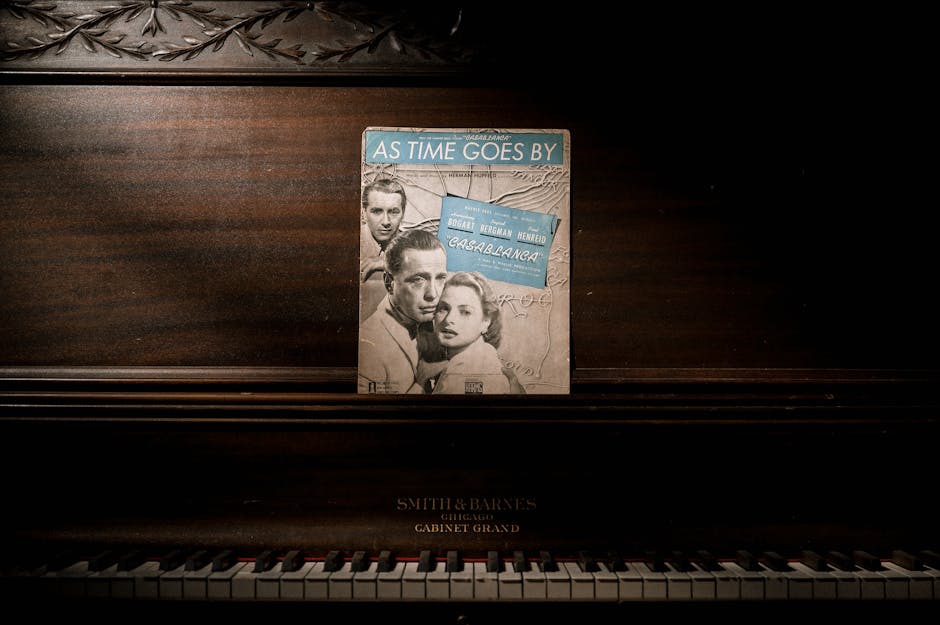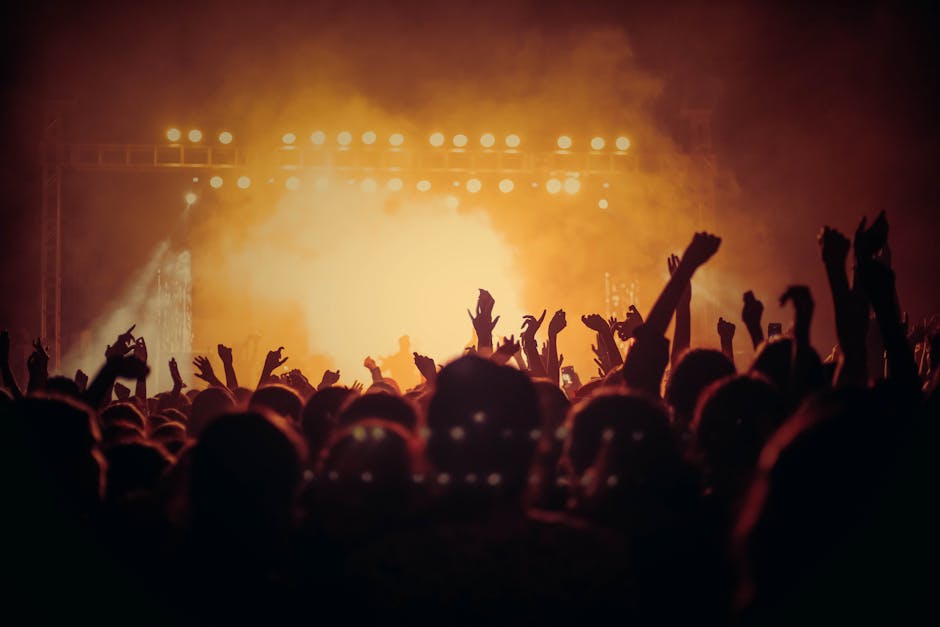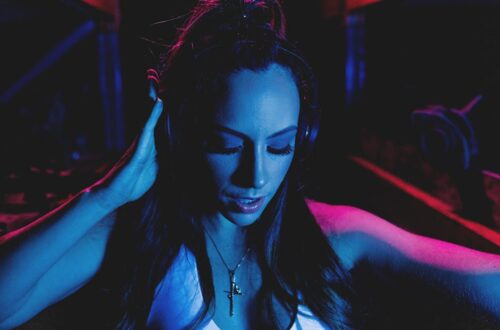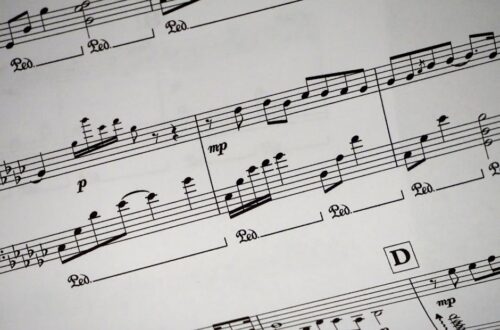Sound and score highlights are the invisible hands that guide the scene flow in film and television, shaping not only our emotional responses but also how we experience the story’s rhythm and cohesion. From the swelling orchestras that underscore a hero’s triumph to the subtle ambient cues that build suspense, music and sound design are central to the art of storytelling. In this deep dive, we’ll explore the history, techniques, and emotional impact of sound and score, revealing why they are essential to unforgettable cinematic moments.
The Evolution of Sound & Score in Visual Storytelling

Photo by Brett Sayles on Pexels
From the earliest days of silent cinema to today’s immersive digital soundscapes, sound and score have evolved alongside technology and narrative ambition. In the silent film era, live musicians accompanied screenings, using improvisation to match the mood of the scenes. As synchronized sound emerged in the late 1920s, composers like Max Steiner and Erich Korngold pioneered the use of leitmotifs and thematic scoring, setting the stage for the Golden Age of Hollywood. These early scores didn’t just fill silence—they defined character, foreshadowed plot twists, and heightened drama.
The 1970s and 1980s saw a shift toward iconic, memorable themes—think John Williams’ work in “Star Wars” or Ennio Morricone’s haunting melodies in spaghetti westerns. Today, soundtracks blend orchestral, electronic, and experimental elements, with composers like Hans Zimmer and Hildur Guðnadóttir pushing boundaries. Modern sound design also plays a crucial role, with layered effects and spatial audio immersing viewers in worlds both real and imagined. The evolution of sound and score reflects a relentless pursuit of deeper audience connection, making them vital tools for shaping scene flow and emotional resonance.
Techniques for Seamless Scene Flow: Music, Motifs, and Transitions

Photo by Vishnu R Nair on Pexels
Sound and score aren’t just background elements—they’re active participants in scene transitions and narrative pacing. One of the most effective techniques is the use of musical motifs, recurring themes associated with characters, places, or ideas. These motifs provide continuity, signaling to the audience when a familiar character enters or when a narrative thread resurfaces. For example, the “Force Theme” in “Star Wars” instantly connects viewers to the saga’s central mythos, regardless of which installment they’re watching.
Transitions are another area where sound and score shine. Editors and composers often use audio cues to bridge scenes, employing techniques like the L cut—where sound from the next scene starts before the visual cut—or the J cut, where audio lingers as the visual changes. These transitions create a sense of flow, smoothing abrupt changes and guiding the audience’s attention. Ambient soundscapes, such as city noise or nature sounds, can also serve as connective tissue between scenes, maintaining immersion and narrative momentum.
Additionally, sound design can manipulate pacing. Fast, rhythmic scores accelerate tension during action sequences, while sparse, minimalist soundtracks slow down time, allowing for introspection or suspense. By carefully orchestrating these elements, filmmakers ensure that viewers remain engaged, emotionally invested, and primed for the next narrative beat.
The Emotional Impact: How Sound & Score Shape Audience Experience

Perhaps the most profound power of sound and score is their ability to evoke emotion. Music taps into primal responses, amplifying joy, fear, sadness, or anticipation. A well-timed crescendo can make a triumphant moment soar, while a dissonant chord can unsettle and foreshadow danger. In horror films, for instance, high-pitched strings and sudden silences manipulate our fight-or-flight instincts, building dread before a jump scare. Romantic dramas, on the other hand, use lush harmonies and gentle melodies to draw us into characters’ inner worlds.
Sound design also plays with perspective and space. Surround sound and stereo effects can place viewers in the heart of the action, while subtle cues—like footsteps echoing down a hallway or a distant siren—create atmosphere and context. These choices aren’t accidental; they’re meticulously crafted to align with the story’s emotional arc. Composers and sound designers collaborate closely with directors, ensuring that every note and effect serves the narrative purpose.
Ultimately, the emotional impact of sound and score is what makes scenes unforgettable. Think of the haunting two-note motif in “Jaws,” the swelling strings in “Titanic,” or the synth-driven tension of “Stranger Things.” These moments linger in our memories because the music and sound design have fused with the storytelling, creating indelible cinematic experiences.
Iconic Examples: Sound & Score Highlights in Film and TV History
![]()
Photo by Jonathan Cooper on Pexels
Throughout film and TV history, certain sound and score highlights have become cultural touchstones. Bernard Herrmann’s screeching violins in “Psycho” redefined the horror genre, while Vangelis’ ethereal synths in “Blade Runner” set the standard for sci-fi soundscapes. In television, the theme from “Game of Thrones” is instantly recognizable, its driving strings and pounding drums signaling epic stakes and complex intrigue.
Other examples include the minimalist piano of “The Social Network,” which underscored the film’s tension and isolation, and the dynamic jazz of “Birdman,” which mirrored the protagonist’s psychological unraveling. Animated films, too, leverage sound and score for emotional storytelling—Pixar’s “Up” uses a simple motif to chart a lifetime of love and loss in just a few minutes.
These highlights aren’t just memorable—they’re instructive. They demonstrate how sound and score can define a film’s identity, shape audience expectations, and even influence pop culture. By studying these examples, creators and fans alike gain a deeper appreciation for the artistry behind scene flow and emotional engagement.
Crafting the Perfect Scene Flow: Collaboration Between Directors, Composers, and Sound Designers

Photo by Emanuel Pedro on Pexels
The creation of effective sound and score highlights is a collaborative process, requiring seamless communication between directors, composers, and sound designers. Directors set the vision, articulating the story’s emotional beats and pacing. Composers translate these ideas into musical language, crafting themes and motifs that align with the narrative. Sound designers, meanwhile, build the sonic environment, layering effects and ambient sounds to enhance realism and immersion.
This collaboration often begins early in pre-production, with directors sharing scripts and storyboards to inspire musical ideas. Throughout production and post-production, feedback loops ensure that every element—from the subtlest background hum to the boldest orchestral hit—serves the story. Technology plays a key role, enabling teams to experiment with different mixes, spatial arrangements, and effects until the perfect balance is achieved.
Ultimately, the best scene flow emerges when all parties are in sync, prioritizing the audience’s emotional journey above all else. This synergy is what transforms good films into great ones, leaving lasting impressions and inspiring future generations of storytellers.
Future Trends: The Next Wave of Sound & Score Innovation

Photo by Andrey Matveev on Pexels
As technology continues to advance, the future of sound and score highlights looks more exciting than ever. Immersive audio formats like Dolby Atmos and binaural recording are enabling more dynamic, three-dimensional soundscapes, placing viewers at the center of the action. Artificial intelligence is also beginning to play a role, with algorithms assisting composers in generating adaptive music that responds to on-screen events in real time.
Interactive storytelling, especially in streaming and gaming, is pushing the boundaries of traditional scoring. Composers are crafting modular soundtracks that shift based on viewer choices, creating personalized emotional arcs. Meanwhile, global influences are enriching the sonic palette, with filmmakers drawing on diverse musical traditions to tell more inclusive and resonant stories.
Despite these innovations, the core principles remain unchanged: sound and score must serve the story, enhance scene flow, and connect with audiences on a visceral level. As new tools and techniques emerge, the art of sound and score highlights will continue to evolve, ensuring that the magic of cinema and television endures for generations to come.
Sources
- https://scenlo.com/the-evolution-of-scene-flow-in-cinema-from-classic-techniques-to-modern-digital-storytelling/
- https://scenlo.com/the-art-of-scene-flow-how-fan-theories-shape-the-way-we-watch-tv-film/
- https://www.studiobinder.com/blog/what-is-film-editing-definition/





